Woven (woven)
Warp and weft. After the twisting, the yarn is warped into a bobbin (pan head), the weft yarn is twisted into a tweezers, and the weaving belt is weaved on the loom. In the 1930s, we hand-woven wood weaving machines and iron wood weaving machines. In the early 1960s, the 1511 looms were converted into webbing machines, which are still widely used. Because the width of the belt is small, the weaving method is different, there are single, double, and dozens, and there are single layers and double layers.
In 1967, the industry-based shuttleless webbing research group successfully designed and manufactured its own high-speed single-stripless webbing machine, which realized that the webbing was not shuttled, and the process was shortened, the floor space was small, and labor productivity was improved. The pioneering work in the history of webbing.
In the 1970s, due to the promotion of continuous dyeing and ironing machines for belts, the processing of colored belts was developed from the traditional dyeing and weaving process to the first weaving and dyeing, the first weaving and then the weaving, the ironing treatment was continuous, and the webbing technology entered the mechanization. The ranks of large production. In the early 1980s, the industry introduced Swiss, Italian, Federal German high-speed shuttleless webbing machines, ironing joint machines, wrapping machines, warping machines, etc., and the webbing technology entered a new stage of development.
Advances in webbing technology have led to the upgrading of products. In 1979, the first generation of SD9-9 rubber ingots in China was successfully trial-produced, which made the rubber ingot belt products end up relying on the history of imports. In 1980, SD-81A and B-type rubber ingot belts were developed, which are characterized by softness, lightness, thinness, firmness, small elongation, small impact force and short and flat joints. At the beginning of 1990, the car seat belts for the Santana sedan were successfully trial-produced. After more than two years of research and organization, the product quality reached QC49-92 and TL-VW470 standards.
Weaving
After the yarn is passed through the winding tube and the weft to form the weft tube, it is inserted into the fixed tooth holder of the knitting machine, and the weft tube is swung and moved along the 8-shaped rail to cross-weave the pulling yarns. Usually, the number of ingots is an even number, the tape is woven into a tubular shape, the number of ingots is an odd number, and the woven tape is a flat sheet. The ingot weaving process began to be applied in the old China. The number of ingots varies from 9 to 100 spindles depending on the equipment. The basic process of weaving is: bleaching and dyeing – weaving – weaving – machine cutting and cutting – packaging. Since 1960, the knitting machine has undergone several technological innovations, mainly including the enlargement of the diameter of the peach plate, the installation of the broken rubber automatic parking device, and the iron ingot changed to a nylon spindle. Improvements in these devices have resulted in a speed increase of 160 to 190 rpm, a doubling of the spectator rate and a significant increase in product quality.
Weaving is not only woven, but also woven. The tubular belt is a kind of braided rope, a rope or rope with a diameter of 1 to 4 mm, a rope having a diameter of more than 4 mm, and a diameter of more than 40 mm is generally called a cable or a cable. In 1989, the industry introduced Japan’s eight-strand cable production line equipment, and produced eight-strand cable of polypropylene in the following year. The product won the National Silver Award.
knitting
In the 1970s, knitting warp knitting and weft knitting technology have been widely used in webbing. In 1973, a successful nylon knit band was successfully produced. In 1982, the introduction of the Italian crochet machine, advanced technology, wide variety of production, especially suitable for thin decorative belt fabrics, such as lace, elastic band, window screen, decorative belt and so on. The basic process flow is: bleaching dyeing – winding – weaving – ironing – packaging.
Before the 1970s, the fire hose blank was woven with a flat loom, and the diameter of the tube blank was large and the output was low. In the second half of 1974, the industry organization tube blank weaving research group, according to the principle of knitting, used warp and weft woven, relying on the looped yarn in the looping process, using the cylinder and the sinker loop of the looped yarn, the warp and weft yarns that are not interwoven Linked into a whole, and become a lining weft tubular knitted fabric, the production technology of plastic coated water pipes and high-pressure fire hoses ranks first in the country.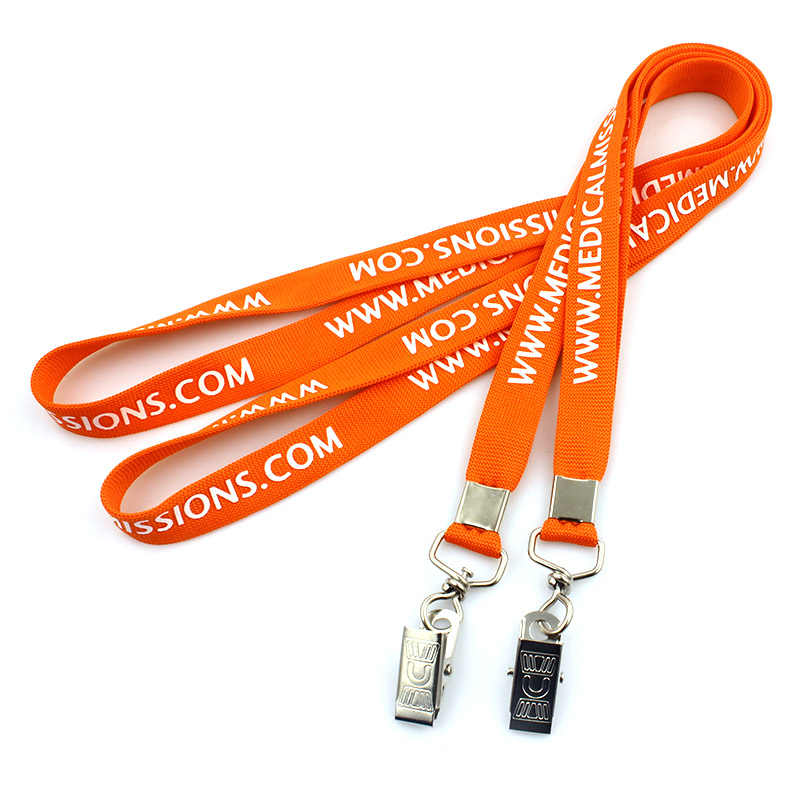

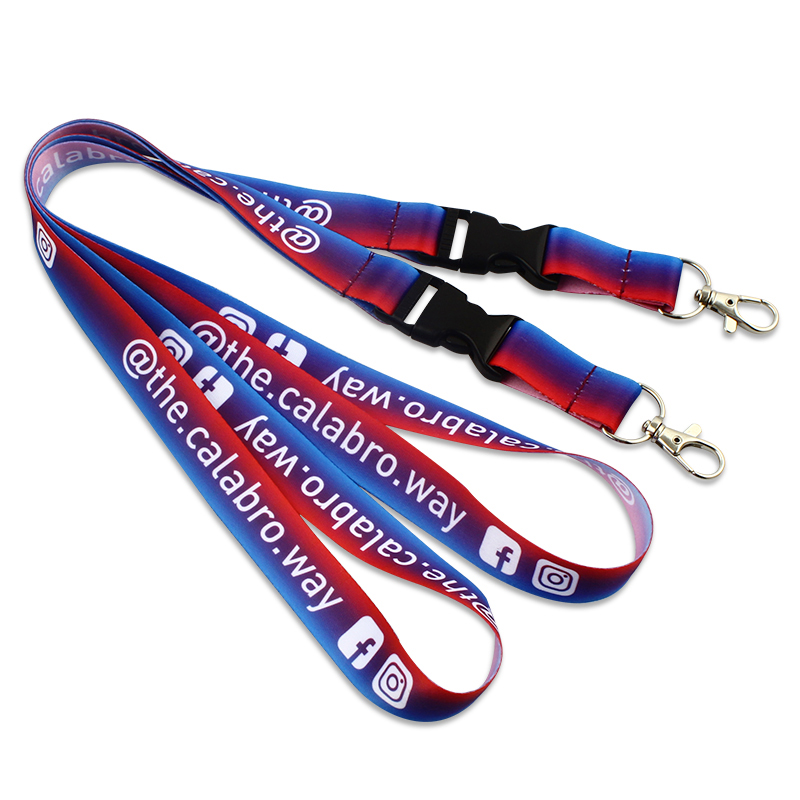
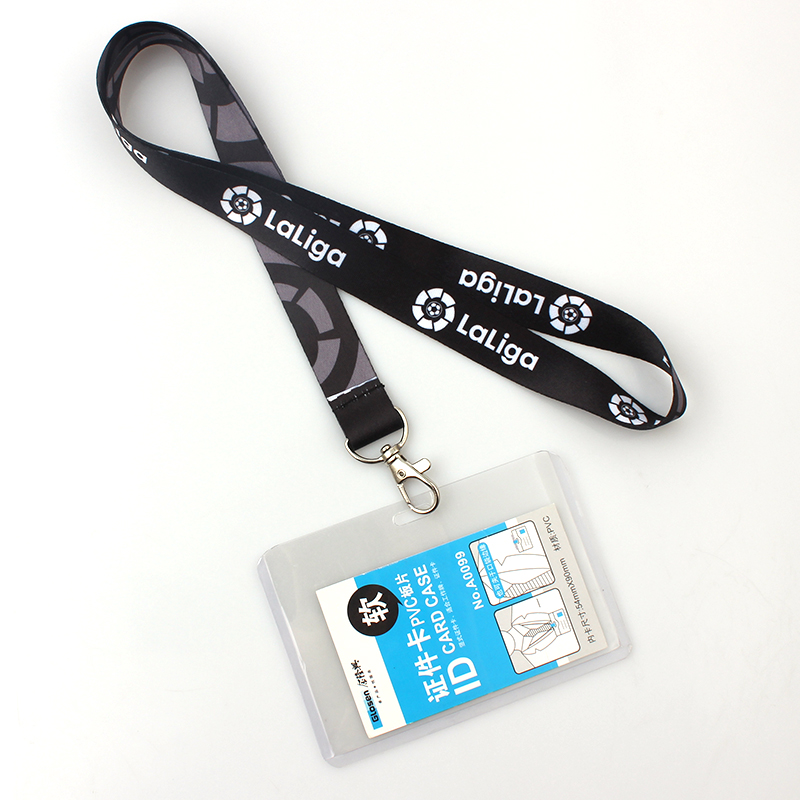
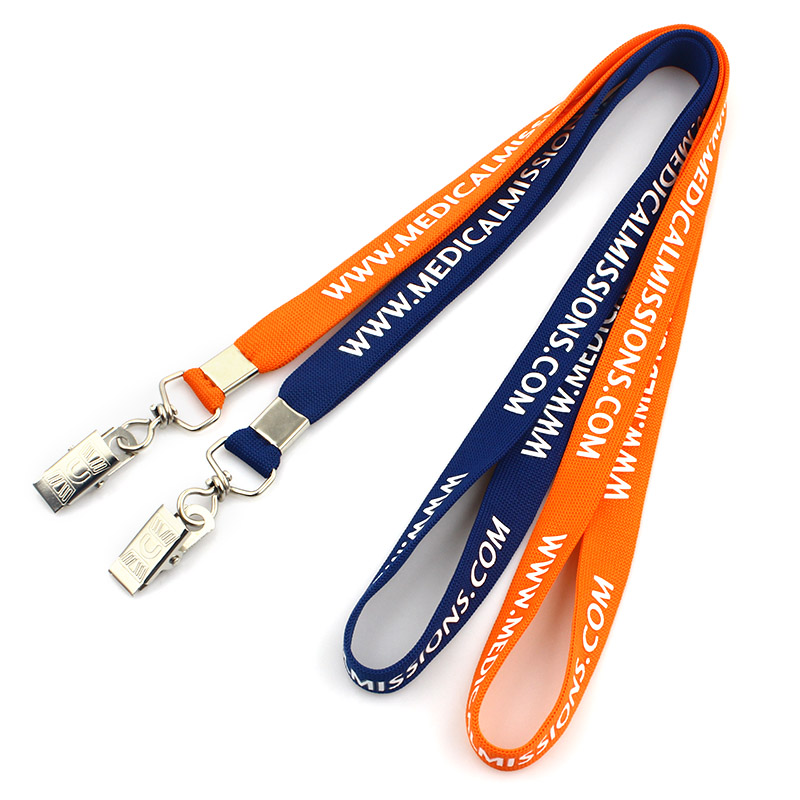


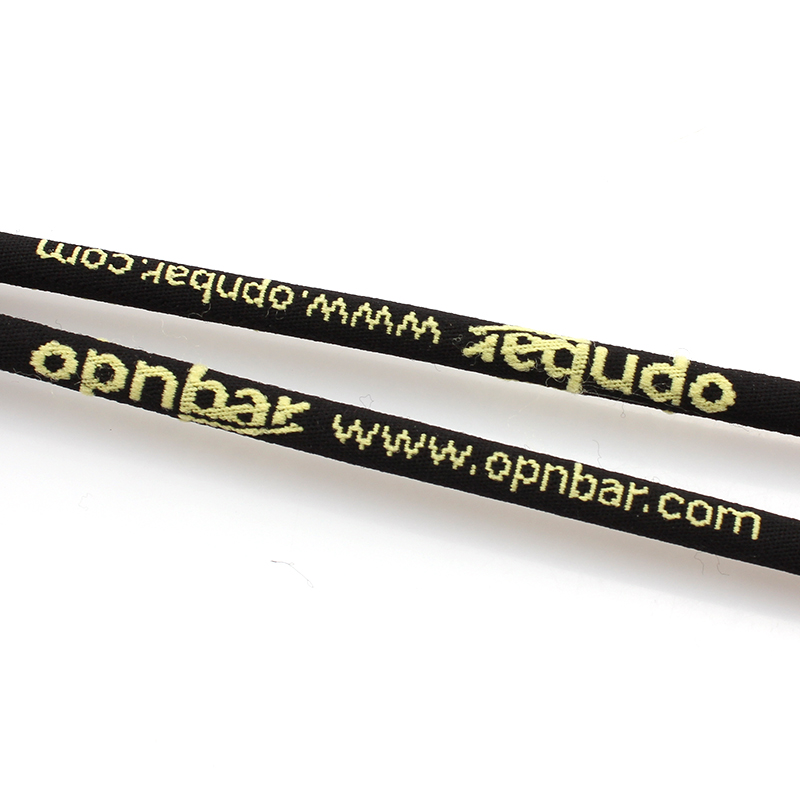

Post time: Nov-06-2019
